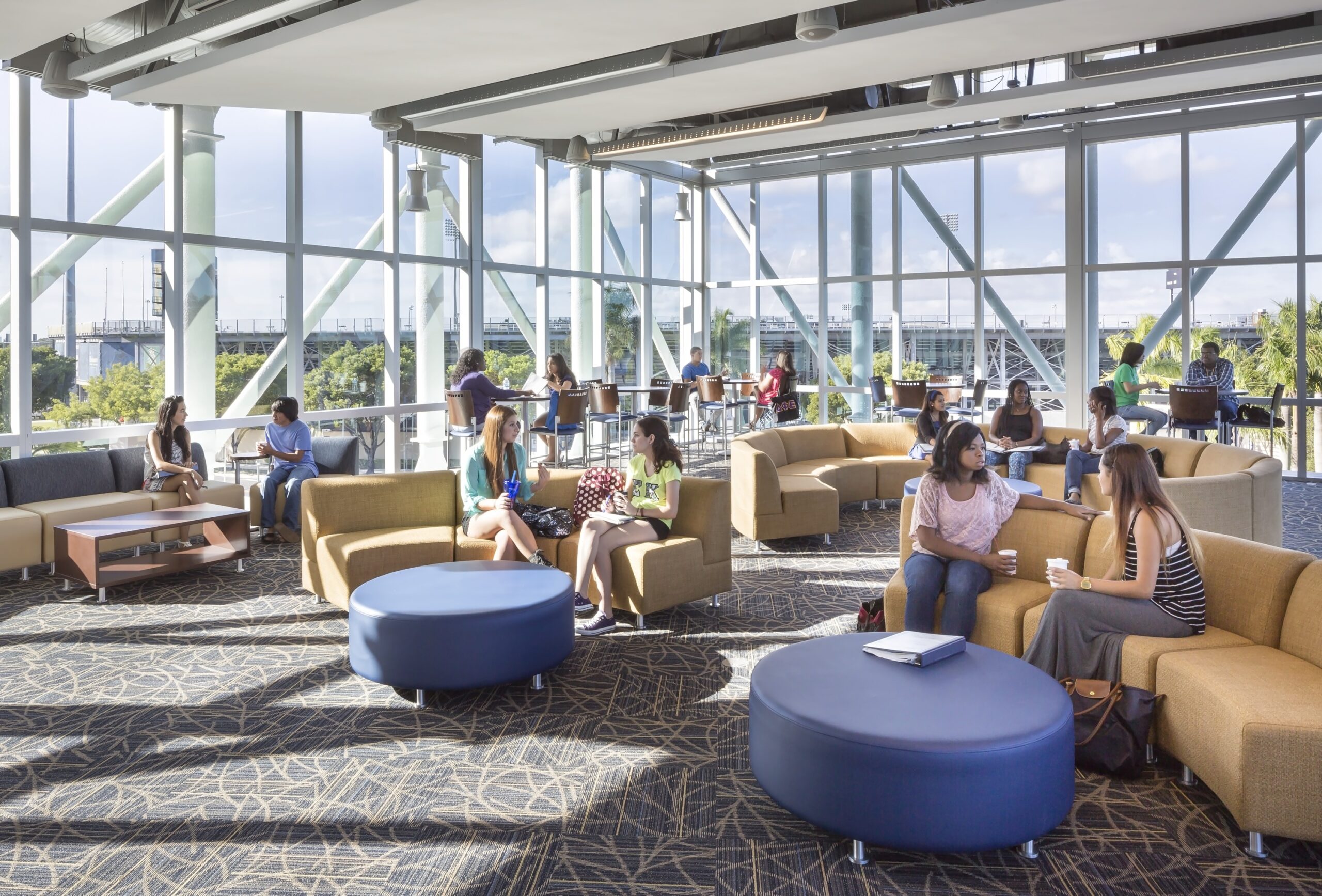This story first appeared on Psychology today.
In a time of hyper-connection and communication, recent surveys find that approximately half of U.S. adults are experiencing loneliness and lacking connection. This can increase risks of premature illness and death at levels comparable to smoking 15 cigarettes a day.
For this reason, the U.S. Surgeon General, Vivek Murthy, has issued a public advisory calling the American people to this “urgent public health issue.” Murthy lists “design the built environment to promote social connection” as a part of the first pillar of his advisory. Julianne Holt-Lunstad was the scientific chair of Murthy’s report, “Our Epidemic of Loneliness and Isolation.” Nearly two years ago, Holt-Lunstad and I published a piece, “Is Your Environment Making You Lonely?” In it, we explored ways to cultivate connection using the built environment, policies, and programming.
Today’s post focuses on one of the central themes we discussed then–shared spaces, or what Ray Oldenburg called third places open to all people to gather, such as cafes, parks, and libraries. I discuss why shared space is so essential and offer six design guidelines to help any built environment feel more conducive to fostering social connection.
Six Design Guidelines for Social Health
When I think of design for connection, I often think of the Italian piazzas I visited with my mother after my first year of architecture school. They are open to all people (accessibility), an inviting hub of activity (activation), with warm natural clay bricks and stones, often ivy tracing the walls (nature), with the choice of whether you want to sit in the center by a fountain (choice) perhaps, or under an umbrella on the edges (human scale); and they have a history and sense of place unique to each one (sense of place), carved into the place itself. Taken together, those make the six design guidelines for social health. I discuss these in more detail below.
Accessibility
Creating places that are inclusive, safe, and walkable (stroller-able, wheelchair friendly, etc.) for the people who will use it is the essential first ingredient. This includes creating libraries, pocket parks, and gathering spaces that are an easy-to-reach part of the local social fabric
Nature
We are hardwired to be drawn to and soothed by nature, a phenomenon called biophilia. Nature, specifically urban green space, has been linked to reducing loneliness, increasing sociability, and improving mental health. Infusing nature, greenery, and park space into our neighborhoods are essential to getting people outside their homes, lingering with one another.
Activation
Ideal shared spaces are vibrant and have some type of activation. By placing seating, refreshments, and amenities in the path of natural travel and circulation, we can create liveliness through purposeful collisions.
Choice
We each have different set points for our need for simulation or mental rest, and these needs change throughout our days, and lives and based on our tasks or activities. We can customize our space to our needs by providing options and adaptability.
Human Scale
We evolved in community with others, using our space to keep ourselves and the collective safe, so we are naturally drawn to places that provide a sense of scale or fit with our bodies. This includes a preference for edge conditions, such that we’re drawn to booth seating or leaning against the wooden porch railing. This includes creating nodes or nooks within a larger space, such as a front porch, as a welcome place before entering a home or a small waiting area to ease you into your child’s daycare and allow you to bump into other parents.
Sense of Place
A sense of place helps remind us of who we are and what matters to us and fosters a feeling of belonging. This ties to the idea that a place can create a sense of “ambient belonging” about how the built environment signals to others whether or not they are welcome here. The place is imbued with values, culture, and meaning, and a sense of place recognizes that significance.

